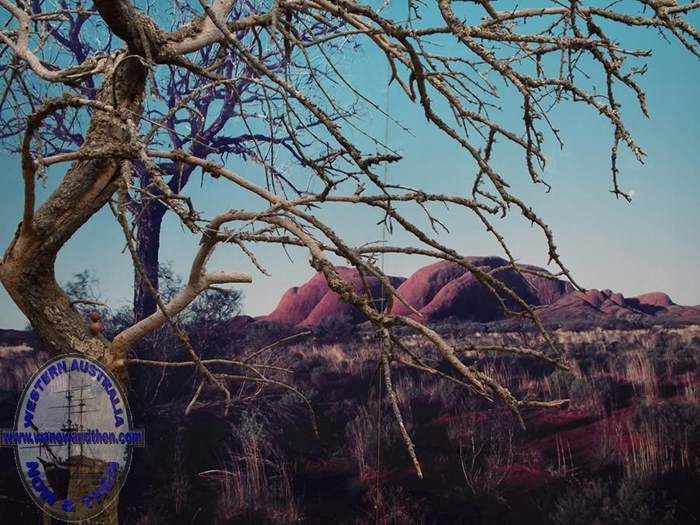|
Sandalwood is sometimes referred to as 'wooden gold' because of the high prices it can fetch in Asian markets.
The trees grow up to a maximum of about 8 metres tall with a trunk between 10 and 20 cm diameter. It has grey-green fleshy leaves and sparse
foliage. It is a slow growing semi-parasitic plant and is prized for the oil extracted from its heartwood. Sandalwood trees are native only
to India and Australia.
In the early stages of development and exploration of Western Australia, sandalwood was literally as precious as gold.
Prior to 1845 there are few records of sandalwood exports but from that time on, the trade became more organised.
The first recorded shipment was a mere 1 ton aboard the schooner Vixen that was shipped to Colombo. By the end of 1845,
200 tons had been shipped to ports in Singapore, Mauritius and Ceylon. Sandalwood exports had amounted to £320 while other
exports combined had provided just £255.
Early settlers had a ready source of cash if they could cut and dry the wood and then find a way to transport it to the nearest port.
From 1847 the trade expanded rapidly. Initial production areas such as Northam, Toodyay and York
were joined by Kojonup and Williams.
Export figures for 1847 were £4440 and the following year they jumped to £13,353. This good fortune was interrupted by fluctuations in the price
and the early 1850s saw very poor returns. 1861 was the peak year for the trade with export earnings of £24,945.
Sandalwood oil was used for medicinal purposes prior to the discovery of penicillin and also as a fixative for cosmetics.
As an aromatic wood it is used for the production of joss sticks and huge quantities were exported to China and Hong Kong.
Early uncontrolled exploitation meant that stocks were decimated and a lack of control on the amounts shipped, led to wild fluctuations in the
price. By the time the Government stepped in and created a permit system, it was already too late as stocks had declined to a point where they
were no longer commercially viable. As the trees take between 50 and 90 years to mature the current sandalwood stocks have to be managed very
carefully indeed.
Thankfully not all the trees were lost, and sandalwood can still be found in scattered areas through the wheat belt.
The sandalwood cutters were usually the first Europeans to move into many outlying areas and as they cut tracks across the country they
helped to open up the state. Settlers, prospectors and farmers would all follow in their wake.
The tracks of the sandalwood cutters usually moved from one granite outcrop to the next as these were known sources of precious water.
There is a sandalwood factory near Albany that produces a range
of products incorporating the plant. It is very interesting and includes a tour of the factory and information on the trees.
By 1989 there were still 21 license holders in W.A. with quotas of up to 300 tons per year. There are a number of conditions set for the
harvesting of trees including minimum sizes for trees and restricted areas.
In most areas the trees are harvested complete, this means that they are pulled out roots and all. In one area, Shark Bay, sandalwood appears
to have different characteristics and can re-grow from the cut off stem if the roots are left undisturbed.
Ths Shark Bay sandalwood also seems to be much less palatable to grazing animals buit it still takes around 60 years for trees to mature.

|








